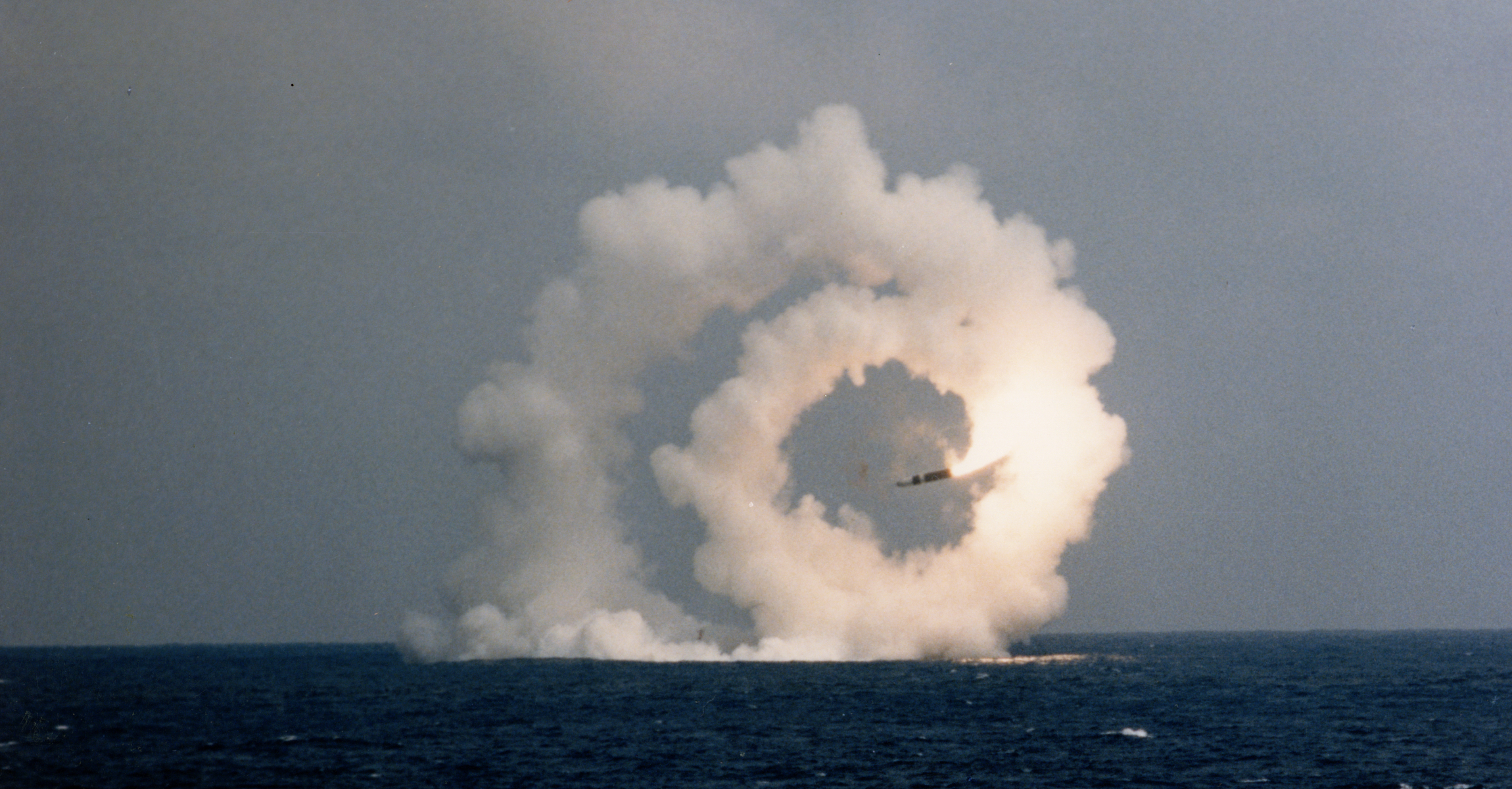Advocates for the US acting as if it had nuclear primacy over Russia and China suggest that highly accurate modern US strategic nuclear weapons now enable the US to be confident in its ability to eliminate an adversary's nuclear forces in a disarming first strike. The presentation makes the case that counterforce enthusiasts overlook the ways in which the very technological complexity of such advanced weapon systems may confound nuclear planners' ability to predict weapons performance in a real-world situation. A case study of a strike by US Trident submarine launched ballistic missiles on China's silo-based missiles is used to show that small variations in parameters, such as ICBM silo hardness, reentry vehicle dispersions and nuclear dust effects, that cannot be known to the attacker with certainty, correspond to widely varying strike outcomes. The uncertainty in the expected damage inflicted on the attacker and their possible remaining retaliatory capabilities should complicate claims of strategic primacy and damage limitation.
About the speaker: Christopher Lawrence is Assistant Professor of Science, Technology and Nuclear Security at Georgetown University's School of Foreign Service. He obtained his PhD in nuclear science and engineering at University of Michigan, and held postdoctoral positions at Stanford University's Center for International Security and Cooperation; the Belfer Center at Harvard University; and the Program on Science and Global Security at Princeton University.
